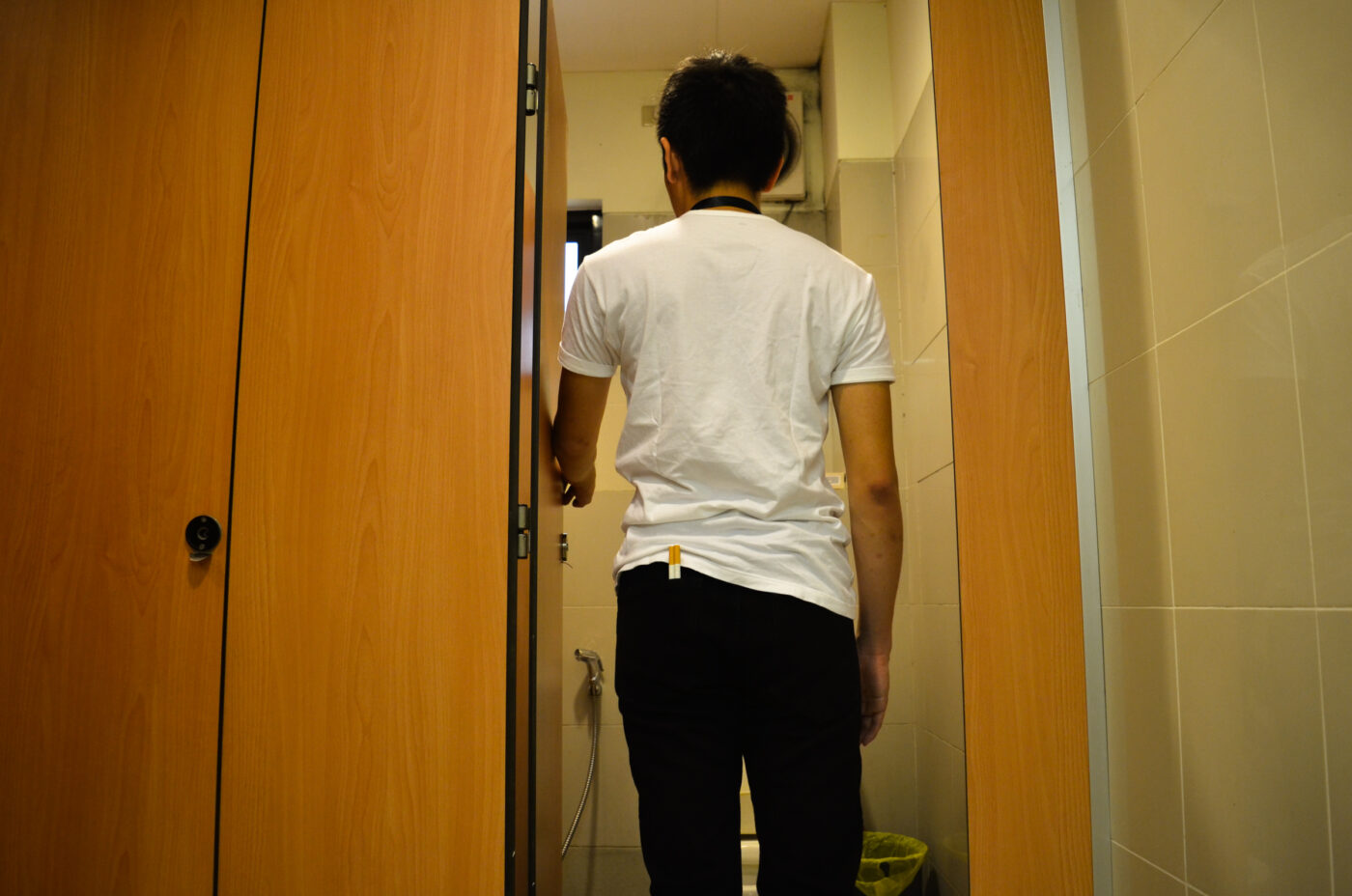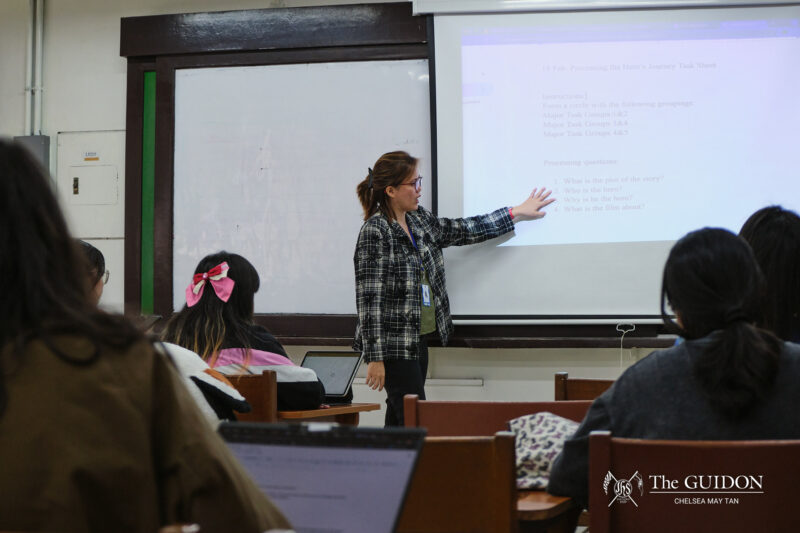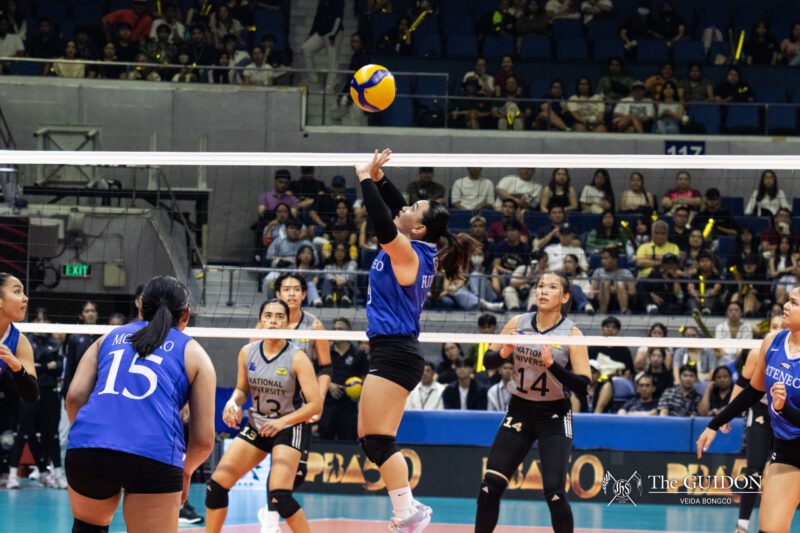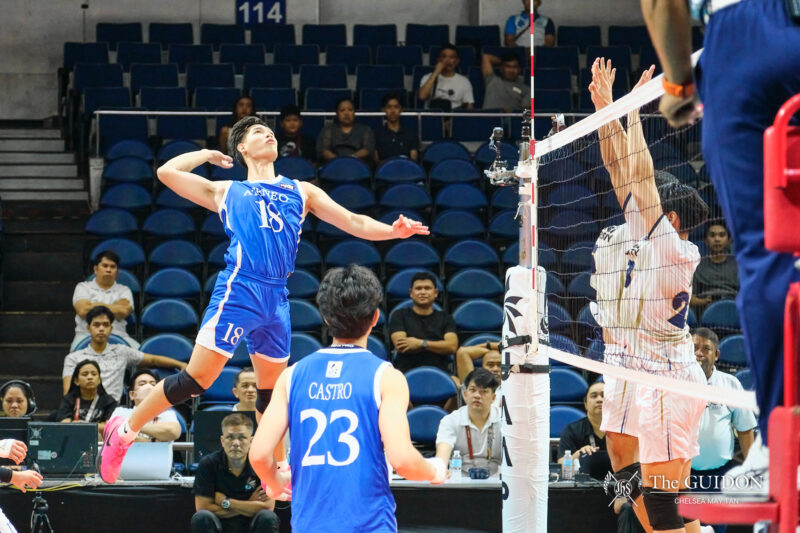It started off innocently enough.
Karen* received a text message from the Office of the Associate Dean for Student Affairs (ADSA) instructing her to go to Window 11. There, she was given a note telling her to proceed to the clinic. The school, she had been informed, had selected her for random drug testing (RDT).
Karen was hardly fazed by this. After all, she had been called for RDT once before, and her results came out clear. And besides, it is not like she was taking drugs anyway, she reasoned to herself. There was nothing to worry about.
But when she was called back to the clinic a week later, she quickly found that she was in for the ride of her life. “I was directed to the doctor’s office… [and] she told me that my results came in and I came out positive,” she said. “The whole incident was specifically stressful, as it took about a week or two of worrying so much.”
What happened to Karen underscores a lingering fear that many students hold about the RDT program in the Ateneo. Many questions abound as to how exactly the school selects its participants, if the selection process is truly random at all. Others are anxious about the potential repercussions that may come about should they test positive. Still, others dread the possibility—however remote—that they be wrongly accused, for fear that the test could register a false positive, similar to what happened to Karen.
It certainly does not help that the RDT program itself is shrouded in secrecy. The LS Office of Health Services (LSHS), which administers the test, maintains the utmost discretion when discussing it, if only to preserve doctor-patient confidentiality.
Unfortunately, this lack of transparency has resulted in many Ateneans being unaware of how exactly RDT is carried out.
Serious social ill
When ADSA Rene San Andres is asked why the school administers RDT in the first place, his answer is categorical: “Because there’s a law.” The law he refers to is Republic Act No. 9165 (RA No. 9165) or the Comprehensive Dangerous Drugs Act of 2002.
The rationale behind this policy, according to the national government, is that it serves to “safeguard the integrity of its territory and the well-being of its citizenry, particularly the youth, from the harmful effects of dangerous drugs on their physical and mental well-being.” The law further describes drugs as “one of today’s more serious social ills.”
In line with this, RA No. 9165 mandates, “Students of secondary and tertiary schools shall, pursuant to the related rules and regulations as contained in the school’s student handbook and with notice to the parents, undergo a random drug testing: Provided, That all drug testing expenses whether in public or private schools under this Section will be borne by the government.”
What is noteworthy about this is it is stated explicitly that the government will pay for the cost of drug testing. But in reality, the government lacks the funds necessary to carry out this kind of comprehensive nationwide testing. According to a 2009 GMA News Online article, the government is supposed to spend P25 million to P30 M on RDT. However, this amount is not enough to fund the medical expertise and equipment needed to conduct these tests throughout the thousands of schools in the Philippines.
As such, what really happens, according to San Andres, is that the government only picks a handful of schools per region, and from these schools, randomly selects 20 students each for RDT.
This explains why many Philippine schools do not appear to perform RDT—because when the government does not choose them, they are not obligated to carry it out. But San Andres felt that the Ateneo, given its substantial financial resources, could do more than merely comply with the law. “We wanted to take advantage of it, in the sense of coming up with more proactive measures,” he says.
After consultations with parents, faculty and administrators, the school ultimately decided on a policy of randomly testing 25% of students annually, spread out across the 12 months of the year.
Luck of the draw
Rumors abound that the selection process for RDT is not random at all. Many students cling to the notion that some people—for instance, the kinds who tend to loiter around designated smoking areas—are likelier than others to be tested. Karen, herself, subscribes to this belief. “I don’t think drug [tests] are random. From the thousands of students in [the] Ateneo, I know a friend who has been called three to four times. What were the chances of that?” she says.
Despite these nagging rumors, the ADSA insists that the test is “truly random.” “There is a selection done by the [LSHS]—the committee of which is composed of the ADSA, a student representative from [the Sanggunian], a faculty representative, a parent representative and Health Services. We sit in a room and the computer generates the lottery and it prints out the selected names,” Cholo Mallillin, assistant to the ADSA for Services, says.
Due to the nature of the selection process, in theory, there is a chance that a student could be tested multiple times throughout his or her stay in the Ateneo. There is also a chance that a student could avoid being tested altogether. According to Mallillin, the ADSA even had a statistician compute the likelihood of a student getting selected every drug testing period, and the probability came out to 7%.
“It’s the luck of the draw,” San Andres says.
Multiple phases
The RDT procedure includes multiple phases. In the first phase—called the screening test—the student undergoes a urinalysis. This test, as the name implies, is used to weed out students who use drugs from those who don’t. However, the screening test can only determine whether a urine sample is positive or negative for drugs. It cannot determine the amount and type of the substance used.
A second phase—called confirmatory testing—is then conducted to ascertain if the sample really does contain illegal substances. This is because the initial drug test may detect substances it erroneously identifies to be drugs, Mallillin states. “Some results come as a result of medication that’s already taken. Some are prescribed medication. And some come about because of a mixture of different chemicals taken—some medicine, some not,” he says.
“If [the confirmatory test] is found to be truly positive, then a quantitative test is done to determine how high or low the exposure was,” Dr. Maria Dela Cruz, a clinician in the LSHS, says.
Fortunately for Karen, her results came out negative when her urine sample was tested the second time around, corroborating her story that she had never taken drugs. The stress induced by that experience, however, continues to haunt her to this day.
“It was just so frustrating to be put in a place wherein you were wrongly accused,” she says, frustrated by how the LSHS handled the situation. She recalls how agonizing it was having to shuttle back and forth from her classes to the clinic to inform them of what types of medicine she took that may have erroneously been detected as a drug. The fear, moreover, that the record of this incident could appear in her transcript was particularly difficult for her.
“I really felt like I was being treated like a child, not even given the benefit of the doubt. And to just be dismissed with a smile for something they should have just double checked in the first place,” she says, exasperated. “I felt that the whole incident was a waste of time and an unneeded stress.”
Drug of choice
RDT results indicate Ateneo students test positive at a rate that is at, or slightly above, the national average. San Andres speculates how this could be due to the students “having the resources” to pay for these drugs.
Despite this, Mallillin stresses that only a small number of students actually test positive during RDT. “Of the 2,500 students that we test, only a handful, less than 10, test positive—not all of them due to drug use.” And of these 10, only around five would still test positive after confirmatory testing, he adds. This means only 0.2% of the general student population actually tests positive for drugs—hardly indicative of widespread drug use.
According to San Andres, the school tests “for different types of drugs that are most commonly used.” These include marijuana, benzodiazepines, ecstasy and shabu. Of these, however, the most commonly used among Ateneans–the “drug of choice” in San Andres’ words—is ecstasy. This is analogous to other affluent schools like De La Salle University and the University of Asia and the Pacific, which have similar results.
However, San Andres points out that marijuana use has undergone a “resurgence,” indicating that it has become more popular among Ateneans as of late, perhaps owing to its easier accessibility. Additionally, the fact that it has become legal in some parts of the United States denotes a shift in the public attitudes surrounding the use of this drug.
Rehabilitation
If a student tests positive during the screening phase of the random drug test, he or she is called to the infirmary and informed of the result. A drug dependency doctor or government physician then interviews the student and conducts an investigation into his or her background. This is done to determine how much of the substance was used. If the student admits to having taken drugs, he or she is immediately placed in a program.
Under this program, the parents are informed of the student’s drug use. The student is then required to attend counseling sessions and undergo mandatory follow-up tests to ensure he or she is clean of drugs. On the other hand, if a student admits to being “addicted” to drugs, then he or she will proceed to a separate program for drug rehabilitation.
“The program is supportive, in that if you need help in taking out exposures or habits that do not support you achieving your goals, then we will do everything to help you,” Dela Cruz says. “It’s not going to judge you and say that you’re not fit to be here.”
Because this program is under the jurisdiction of the LSHS, confidentiality of the identity of the students is maintained, and the ADSA does not become involved in disciplinary procedure. “When you are detected positive through random drug tests, you are immune from disciplinary process,” Mallillin states. “It’s a health concern, it’s not considered a discipline concern.”
San Andres echoes this sentiment. “According to the law, random drug testing is a health procedure. A person who tests positive there is not to be turned over automatically to the ADSA,” he says. “They will only bother me once the person tests positive a second time.”
*Editor’s Note: Name has been changed at the request of the interviewee. With reports from Nathan V. Javier







